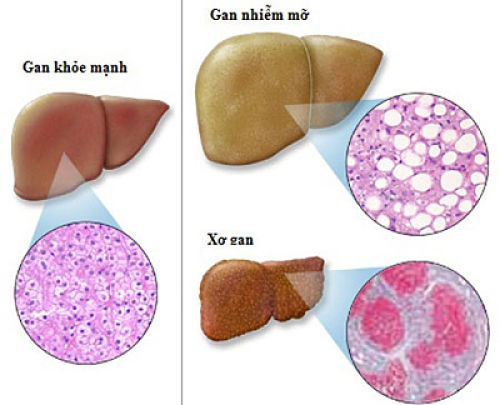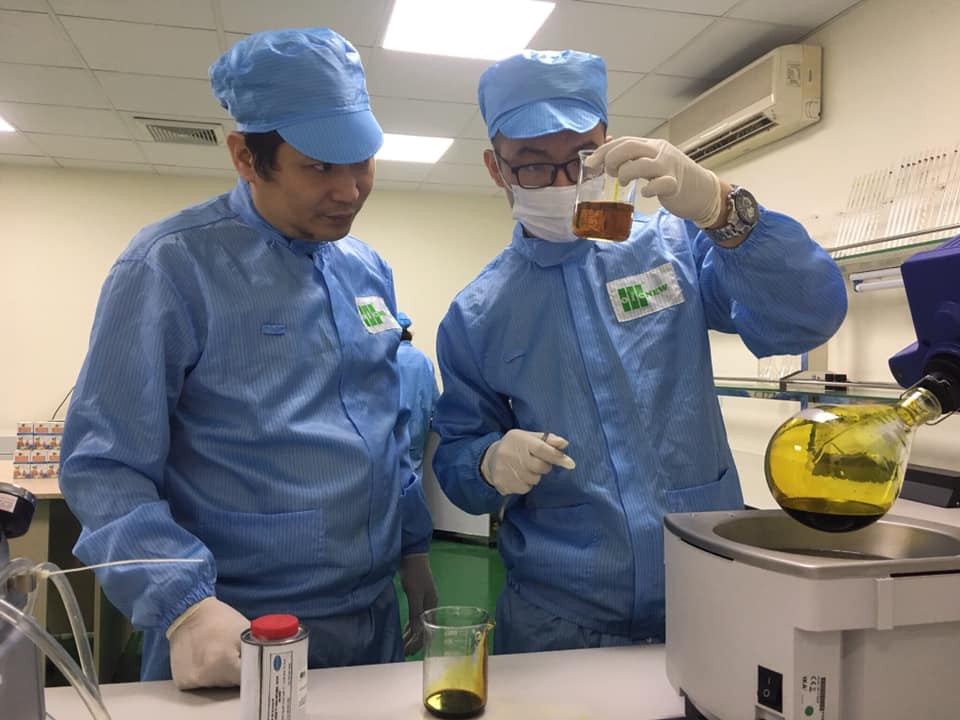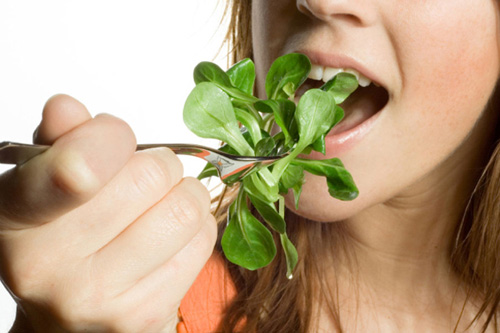Facing fatty liver disease is considered a big challenge for many people. The following shares will help you overcome this problem effectively.

There are many people in the world suffering from fatty liver disease. The disease occurs when abnormal lipids accumulate in the liver. The development of fatty liver disease is divided into 3 levels. This article will help you understand the specifics and how to deal with grade 2 fatty liver disease.
1. What causes fatty liver disease?
There is a fact that few people know, that 10% of our liver contains fat. When the amount of fat in the liver exceeds the limit of 10%, you have fatty liver. Contrary to popular belief, eating a lot of fat is very rarely the cause of fatty liver. In fact, the disease occurs when the liver is not able to get rid of the fats there.
Factors that lead to liver failure include:
- Metabolic syndromes;
- Diabetes;
- High blood pressure;
- High blood cholesterol levels
- Due to pregnancy
- Glycogen storage disease;
- Weight problems: severe malnutrition, being overweight, rapid weight loss, or surgery to lose weight;
- Drugs;
- Abuse of alcohol
2. How to deal with fatty liver disease?
Depending on the cause of the condition above, you will choose the appropriate treatment method. Currently, fatty liver is divided into 2 types: alcoholic and non-alcoholic fatty liver disease. Therefore, if fatty liver is the result of alcohol abuse, the first thing you should do is quit drinking.
On the other hand, if you have non-alcoholic fatty liver disease, you should adjust and balance your diet and lead a healthier lifestyle.
3. How to balance the diet to face fatty liver disease?
A balanced diet is one that gives you the right amount of nutrients from healthy foods. In addition, you should control this eating plan to avoid harmful substances that affect health.
4. What foods should be consumed?
Instead of regular rice, fatty liver patients should use whole grains, whole wheat, rye and oats. They are packed with fiber and essential vitamins, minerals and antioxidants, which help prevent high blood pressure and high blood sugar. Fruits and vegetables are also good choices.
For meat, you should use fat-free meat and poultry will be better. You should also use some seafood such as fish (mackerel, salmon, sardines…). They contain large amounts of omega-3 fatty acids that are beneficial for the liver.
When cooking, use cold-pressed olives. In addition, you should also try oils that contain omega-3 fatty acids.
5. Foods to avoid
Fatty liver patients should avoid foods containing refined carbohydrates such as white germ rice, white bread, fibers and pasta.
You should also not eat junk food. They are high in trans fats, so you should eliminate them from your meals. Similarly, the sick person should stay away from cakes, cookies, or high-fat baked goods. Foods containing too much sugar and deep-frying are also harmful to liver health. Therefore, it is best to limit these foods.
In addition, patients with fatty liver should say no to red meat (lamb, pork and beef) and animal fats.
The list of foods to limit also includes dairy-rich products. Accordingly, you should limit the use of cheese, butter, margarine, mayonnaise, ice cream and fruit yogurt.
You should note, avoid foods containing sweeteners.
6. Face fatty liver disease by maintaining a healthy lifestyle
A healthy lifestyle consists of a healthy diet combined with exercise.
People with fatty liver begin with reducing belly fat with a suitable exercise plan. The next step is to maintain an ideal weight.
When successfully implementing this lifestyle, fatty liver disease will no longer be a big problem.
Do you know?
Facing the increasing status of liver diseases such as fatty liver, cirrhosis or liver cancer, it is extremely necessary to protect and take care of the liver before it is too late.
Most importantly, there is currently no specific drug for fatty liver disease, but the main treatment is to change lifestyle, diet or use more suitable products to lower blood fat. . When excess fat is eliminated from the body, the amount of fat in the liver will automatically follow it.
















